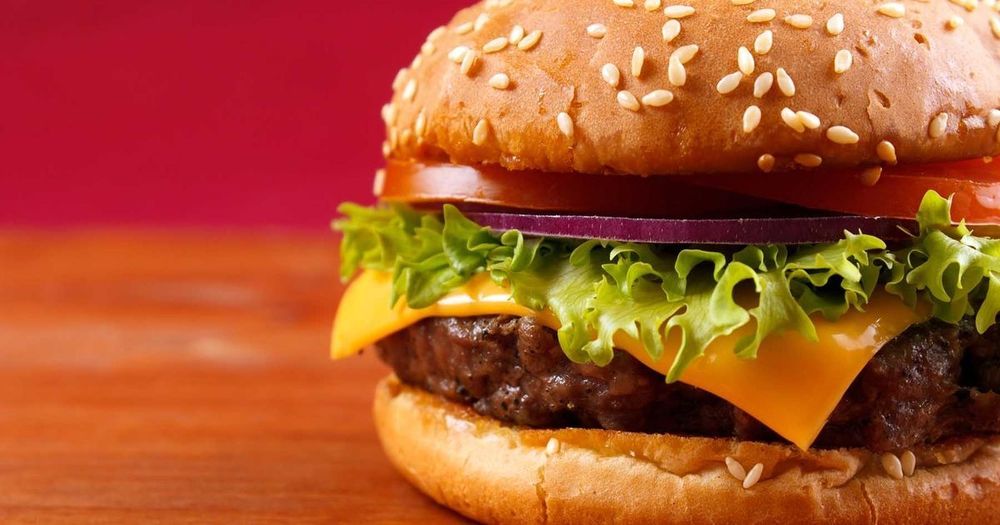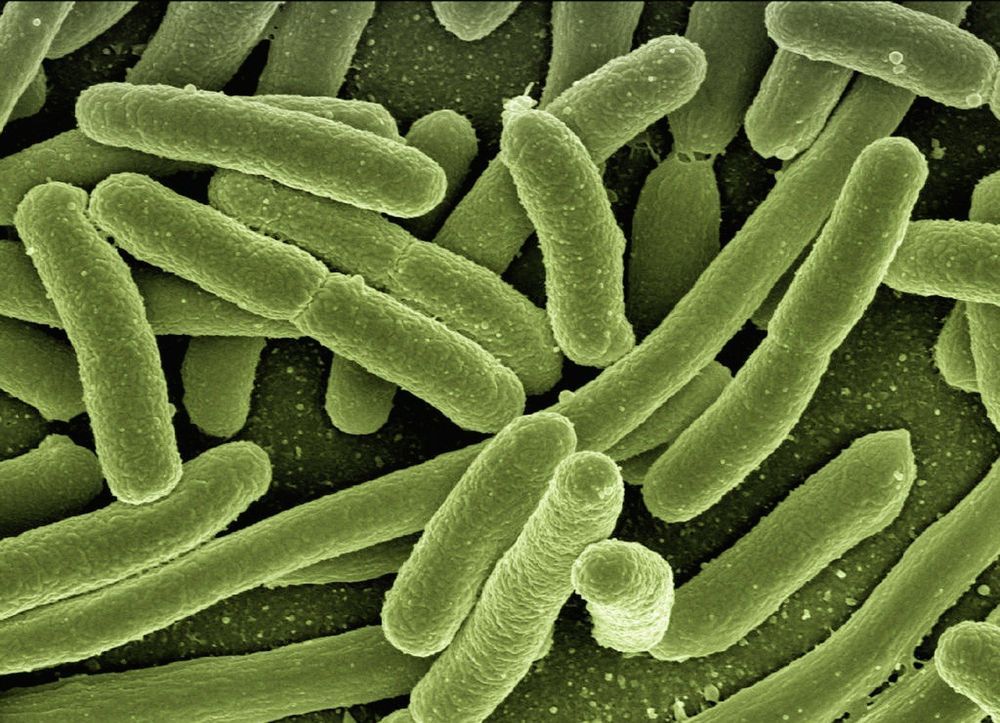A UC Berkeley geneticist who helped invent the gene-editing tool Crispr told Business Insider its most profound impacts will be on agriculture.



:oo.
We usually think of microwaves as waves that heat things up, usually leftover food, but did you know that they can also cool things down? For example, physicists recently decided to use them to freeze atoms, and attempts have been very successful: They managed to cool them down to within a millionth of a degree of absolute zero (–273.15°C or −459.67°F).
The University of Sussex team, led by Winifried Hensinger, had their results published in Physical Review Letters.
“The use of long-wavelength radiation instead of laser technology to cool ions can tremendously simplify the construction of practical quantum technology devices enabling us to build real devices much faster,” said Professor Hensinger.
We’ve seen autonomous aircraft doing everything from spraying crops to surveying wildlife, and now the Swiss air rescue organization Rega has announced a drone that’s capable of searching for and finding missing people all on its own.


Environmentalism and climate change are increasingly being pushed on us everywhere, and I wanted to write the transhumanism and life extension counter argument on why I prefer new technology over nature and sustainability. Here’s my new article:
On a warming planet bearing scars of significant environmental destruction, you’d think one of the 21st Century’s most notable emerging social groups—transhumanists—would be concerned. Many are not. Transhumanists first and foremost want to live indefinitely, and they are outraged at the fact their bodies age and are destined to die. They blame their biological nature, and dream of a day when DNA is replaced with silicon and data.
Their enmity of biology goes further than just their bodies. They see Mother Earth as a hostile space where every living creature—be it a tree, insect, mammal, or virus—is out for itself. Everything is part of the food chain, and subject to natural law: consumption by violent murder in the preponderance of cases. Life is vicious. It makes me think of pet dogs and cats, and how it’s reported they sometimes start eating their owner after they’ve died.
Many transhumanists want to change all this. They want to rid their worlds of biology. They favor concrete, steel, and code. Where once biological evolution was necessary to create primates and then modern humans, conscious and directed evolution has replaced it. Planet Earth doesn’t need iniquitous natural selection. It needs premeditated moral algorithms conceived by logic that do the most good for the largest number of people. This is something that an AI will probably be better at than humans in less than two decade’s time.
Ironically, fighting the makings of utopia is a coup a half century in the making. Starting with the good-intentioned people at Greenpeace in the 1970s but overtaken recently with enviro-socialists who often seem to want to control every aspect of our lives, environmentalism has taken over political and philosophical discourse and direction at the most powerful levels of society. Green believers want to make you think humans are destroying our only home, Planet Earth—and that this terrible action of ours is the most important issue of our time. They have sounded a call to “save the earth” by trying to stomp out capitalism and dramatically downsizing our carbon footprint.

This post has been updated.
We’ve all just barely forgotten about the great American lettuce contamination of 2018, in which we were forced to forgo romaine over Thanksgiving, and another E. coli outbreak has already hit. The Centers for Disease Control released a notice of an ongoing outbreak centralized around Kentucky earlier this month, but at the time they weren’t sure what foods were to blame for the 72 illnesses and eight hospitalizations. Nearly half of those infections were in Kentucky, with the rest in Tennessee, Georgia, Ohio, and Virginia.
On April 12 the CDC posted an update: 109 people have been sickened by E. coli so far (that the CDC is aware of), and cases have cropped up in a sixth state (Indiana). Seventeen people have gone to the hospital, but no deaths are reported at this time.

If you happen to be thirsty in the woods, there are a lot of things you can stick in your canteen to help clean up your drinking water. There are chlorine pills and filters (not crystals — never crystals). And now scientists have identified a certain kind of moss that could do it, too.
The moss is called Warnstorfia fluitans. It grows in Swedish wetlands contaminated with the toxic arsenic from nearby mining operations. Researchers found that the moss brought the arsenic levels of water down to drinkable levels surprisingly quickly, according to research published in the journal Environmental Pollution.
In northern Sweden, iron mines have contaminated much of the water with arsenic, a metal that is also toxic to humans. That harmful combination works its way into agricultural products like rice, traveling throughout the food web.

;-;
Salmonella bacteria flip an electric switch as they hitch a ride inside immune cells, causing the cells to migrate out of the gut toward other parts of the body, according to a new study publishing on April 9 in the open-access journal PLOS Biology by Yaohui Sun and Alex Mogilner of New York University and colleagues. The discovery reveals a new mechanism underlying the toxicity of this common food-borne pathogen.
Salmonella are among the commonest, and deadliest, causes of food poisoning, causing over 400,000 deaths every year. Many of those deaths result when the bacteria escape the gut inside immune cells called macrophages. Macrophages are drawn to bacteria in the gut by a variety of signals, most prominently chemicals released from the site of infection. Once there, they engulf the bacteria as a regular part of their infection-fighting job. However, rather than remaining there, bacteria-laden macrophages often leave the site and enter the bloodstream, disseminating the bacteria and greatly increasing the gravity of the infection.
Tissues such as the gut often generate small electrical fields across their outer surfaces, and these electrical fields have been known to drive migration of cells, including macrophages. In the new study, the authors first showed that the lining of the mouse cecum (the equivalent of the human appendix) maintains a cross-membrane electrical field, and that Salmonella infection altered this field and contributed to the attraction of macrophages. Measurements of the polarity of the local charge indicated that the macrophages were attracted to the anode, or positively charged pole within the field. Once they engulfed bacteria, however, they became attracted to the cathode and reversed their migratory direction, moving away from the gut lining, toward vessels of the circulatory system. This switch was driven by a in the composition of certain charged surface proteins on the macrophages; the mechanism by which bacterial engulfment triggers this change is still under investigation.